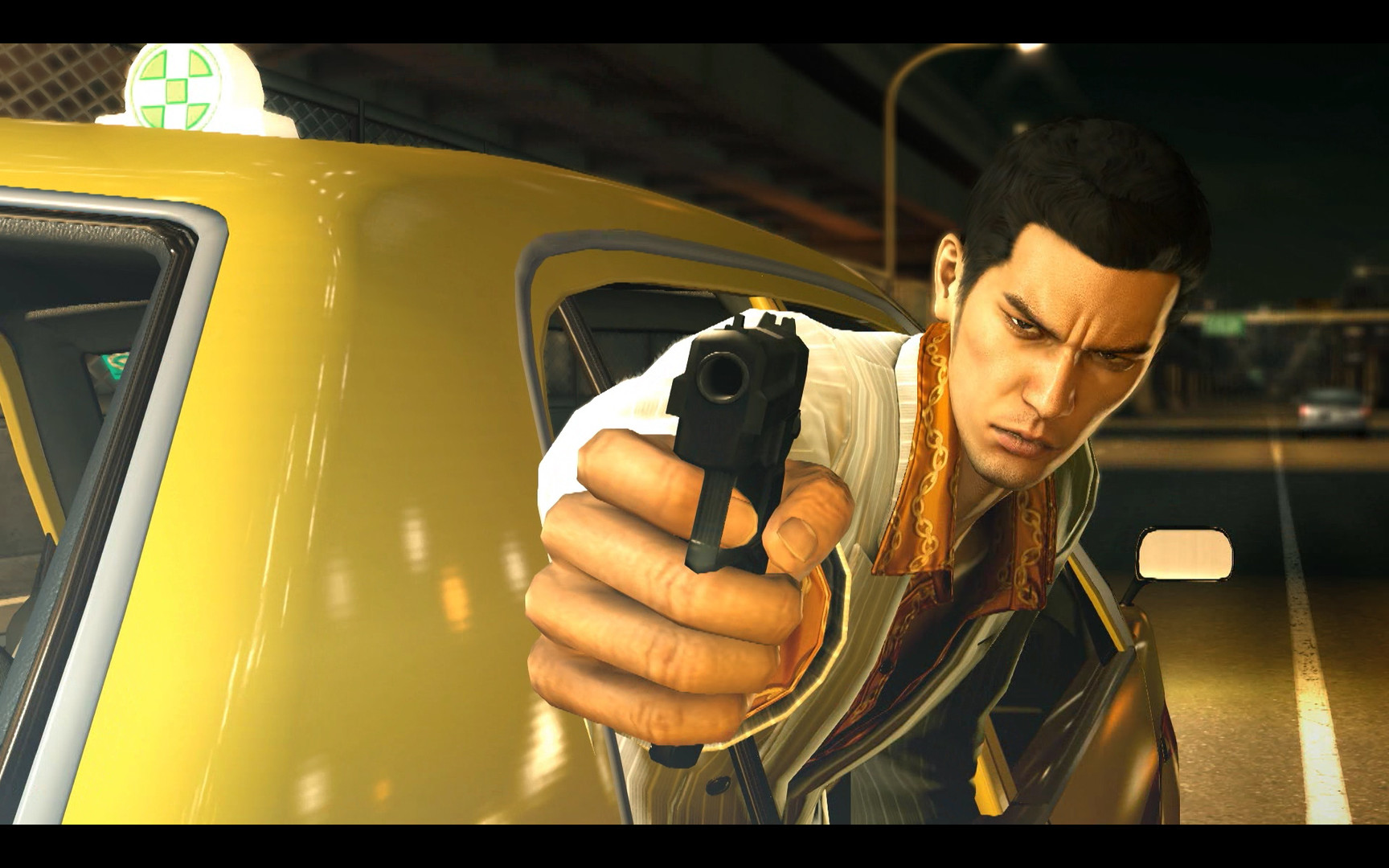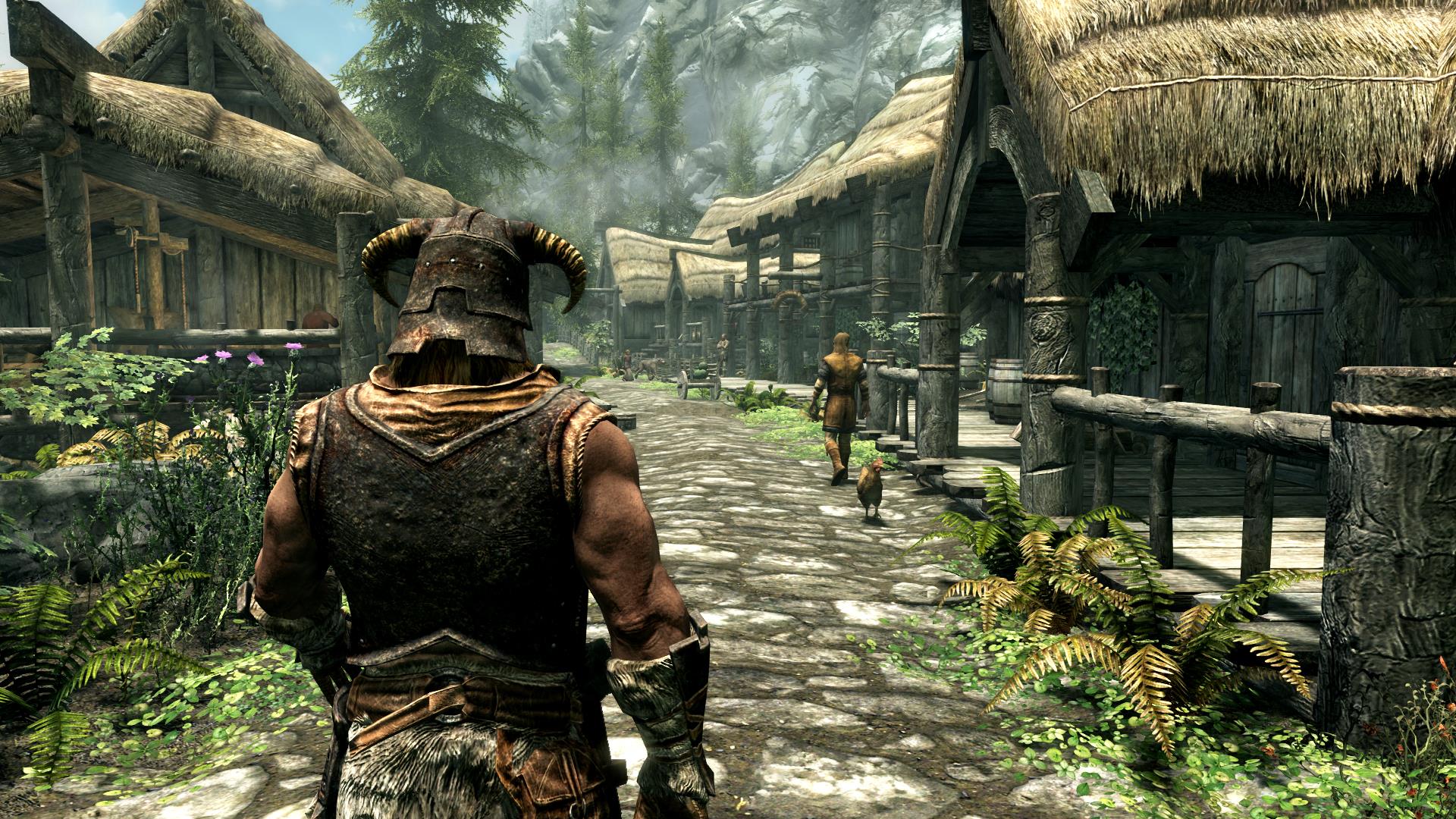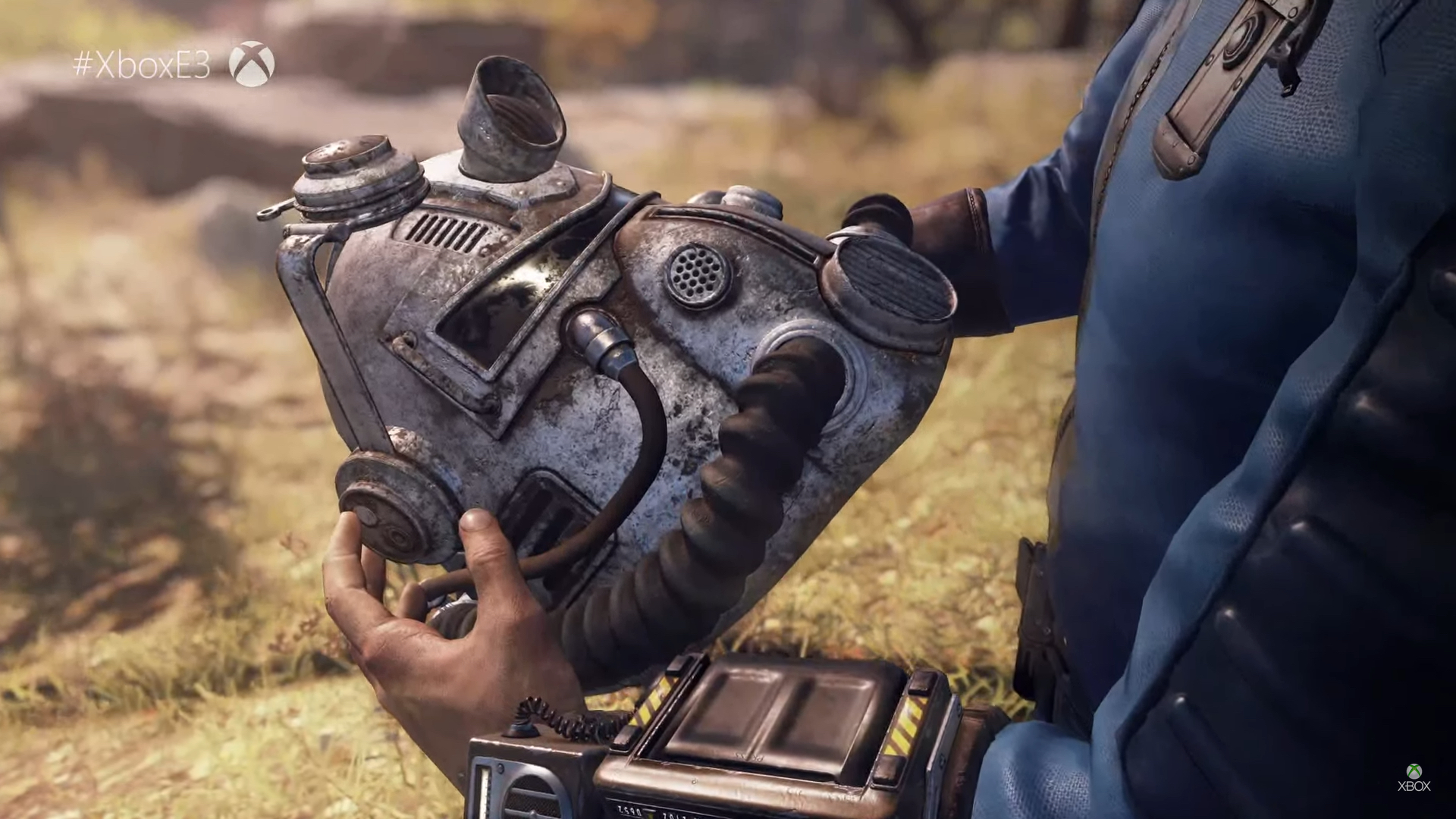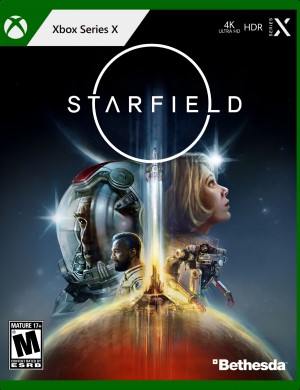
I‘ve been playing Yakuza 0 lately, Sega’s prequel title that effectively kickstarts the epic saga of Kazuma Kiryu. The game’s cinematic approach immediately pulls you in but teases some of the activities you’ll get to perform. After Kiryu is effectively cut loose and made into a civilian, you’re let loose upon Kamurocho in all of its glory. Except, not quite – the city doesn’t suddenly light up with points of interest, side-quest markers and notifications. Your story missions are kept simple and to the point – “Find out more about Tachibana Real Estate”, “Go to this location and question these homeless people,” and so on. There are no level requirements and you’re free to go straight to the key story locations. Alternatively, you can waste as much time as possible just sampling dishes from restaurants and karaoke.
What makes Yakuza 0 – and the series in general – so brilliant is how well it weaves its sub-stories into the main world. Basic locations like convenience stores, the bowling alley and so on are marked on the map but there’s nothing forcing you to visit them. You simply walk in, purchase something or enjoy the activity at your leisure and move on. However, along the way, you might come across Miss Tatsu collecting from a goon and learn the Beast style. You may encounter Mr. Shakedown and have to fight him to garner tons of cash (or risk losing your own money). Random goons, Yakuza and men in black suits may accost you, necessitating a fight.
It doesn’t stop there. Various acts may introduce you to different side characters, each with their own Friendship levels. You may come across the Stop and Search Officer and learn more about his tragic backstory. Maybe you’ll put on some incredible performances at the disco and be challenged to a dance battle with the promise of stronger opponents in the future.
There are 33 sub-stories in the second chapter of Yakuza 0 and while every chapter isn’t filled to the brim with them (especially as the story becomes the central focus deeper in), there are still tons of different activities, quests, plot-lines, characters and things to discover. This is despite the fact that Kamurocho isn’t all that big. In fact, you’ll be revisiting many of the same locations, either through simple backtracking or on the way to a story mission.
However, Kamurocho is simply bursting with personality and detail that it quickly becomes home, even with all the seediness and corruption. It has a well-worn look that feels natural. Being based on a real-life city like Kabukicho in Japan doesn’t hurt but even the roaming pedestrians, each doing their own thing and trying to get by, give life to each location.
Constructing a world for your video game isn’t especially easy. The Yakuza series isn’t in the open world genre so there’s more focus on creating a tightly knit cinematic experience with memorable subplots. This isn’t to say that some games haven’t been able to achieve this within an open world framework.
Red Dead Redemption 2, much as it can be criticized, is one example. The Witcher 3: Wild Hunt gets by entirely on the strength of its writing and memorable side-quests (even if there are some boring ones like finding the frying pan). Then there are the titles that are more about interesting hooks for players seeking those kinds of gameplay experiences. Just Cause is all about destruction and random chaos. Assassin’s Creed Odyssey is about assaulting strongholds, killing mercenaries, ship battles and min-maxing your gear besides the dozens of other things shuffling you along.
However, there’s just something about a world that’s smaller and more densely packed with things to do. It’s the reason why some players prefer the Hyrule of The Legend of Zelda: A Link to the Past over Breath of the Wild. It’s why the worlds of RPGs like Baldur’s Gate have endured for so long, not taking into account the fact that players enjoyed the content in those worlds. They didn’t need tons of real estate or side-quests to thrive, instead benefiting from tight well-knit experiences with plenty of replay value.
When looking at world creation, Bethesda Game Studios and their titles offer an intriguing case study. Bethesda Game Studios was known at one point for being a premier open world RPG developer, particularly with The Elder Scrolls series. It made its mark with Morrowind and Oblivion while translating Fallout into a first person experience in Fallout 3.
The Elder Scrolls 5: Skyrim represented a new direction for the company though – that of being “bigger” and larger in scale. The size of the world, the range of characters, the number of build options that players could opt for, tons of secrets, the list goes on. It wasn’t entirely unique from an open world or role-playing standpoint but this was probably the first time a developer had really combined these elements together in such a massively successful undertaking.
It had bugs for years – literally years because a number of them haven’t been fixed yet despite Skyrim receiving a Special Edition and coming to current gen platforms. The modding community has helped keep it alive with numerous total conversions, quests and other crazy additions. However, I feel the strength of Skyrim rests on capturing that core gameplay loop of exploration, interaction, conversation and combat. There always seemed to be an interesting new quest around the corner and a compelling NPC to interact with. The story didn’t even matter all that much – even if the range of choice wasn’t on the level of, say, Divinity: Original Sin 2, you could still pretty much do as you please. Build a murder-house, become a Skoom baron, the list goes on. After all, this isn’t just a story of The Dragonborn – it’s your story as The Dragonborn.
Unfortunately, Bethesda’s approach to quests, side quests and world-building has been a little less than stellar lately. Fallout 76 is the oft-stated example – as an online title, it’s relegated most of its lore and story-telling to holotapes. Decision-making was pretty much dead as were dialogue trees because the range of NPCs was non-existent – everyone was either a robot or another player. At launch, there wasn’t even text chat on PC to communicate with others you met in the wild.
Fallout 76 is massively underwhelming as this huge, open world survival MMO sandbox. Don’t get us wrong on that front. However, it’s even more disappointing because the very essence of Fallout – exploring a post-apocalyptic future rising from the ashes of excessive consumerism – felt non-existent. Such was the disconnect between what Fallout was as a series – whether you’ve played Fallout 1, 2 or 3 – to what Fallout 76 actually presented that Bethesda is trying to go back. Hence, you have the Wastelanders update with its upcoming human NPCs.
The key here is that Bethesda’s decline didn’t really start at Fallout 76. If anything, Fallout 4 showcased the first warning signs. For what it offered, Fallout 4 was enjoyable. The game’s exploration, looting and building cycle (minus the building but you get what I mean) was fun. The companion quests were fine and the overall world-building, despite the jumbled lore, offered some pretty fun and interesting side stories. I was pretty much content to run around in the Commonwealth and shoot things. However, one thing became very apparent. Bethesda’s ability to translate the essentials of a title for the next generation wasn’t on the level of other developers.
Let’s take Baldur’s Gate as an example. Though critically acclaimed, Baldur’s Gate 2: Shadows of Amn was a significant leap over the original in every single way. The story-telling felt tighter, the side quests were more meaningful, characters were more fleshed out, combat felt more intuitive and full of depth (even with some of the nonsense that some enemies pulled) and so on. It was a vastly better game as a whole while retaining the fundamentals that made Baldur’s Gate so appealing to old-school RPG fans.
Then there’s Divinity. The series has seen significant evolution from an isometric computer RPG to a 3D action RPG. It would go on to become a more contemporary CRPG with the Original Sin series, feeding into the player’s desire to come up with inane solutions, or experience events on their own terms. What did Divinity: Original Sin 2 do? It provided that same freedom but also threw in a number of well-written Origin stories and characters, each with their own attachment to the world. You could either embark on one of their epic quests, change their destinies significantly or forge your own path. It’s not like the world itself regressed in design either.
By comparison, it feels like Bethesda peaked with Skyrim when, looking back, it should have been a starting point for better things. We like to look back at certain games as “heights” for specific franchises but at least their sequels tend to improve the overall structure of gameplay and world design. Bethesda still feels like it’s stuck in the Skyrim era when it comes to world-building. Fallout 4 had a similar problem – it didn’t do much to really improve or build on the fundamentals established in Fallout 3. In fact the solution seemed to be to simply have “more stuff” to do or collect.
Fallout 76 followed the same path, cramming “stuff” in as opposed to meaningful stories and experiences, and simply making the world bigger. Yes, I know it was essentially Fallout 4 with multiplayer bolted on. It was apparently a very difficult development process, which only further raises the question as to why Bethesda invested so heavily into it. Well, aside from wanting a piece of that games-as-a-service pie with some microtransactions sprinkled on top.
Keep in mind that none of this factors in how many bugs we continue to see from the company’s open world building process. These aren’t even cute glitches – we’re talking hard crashes, inconsistent framerates, character models breaking, items not working as intended, quests not triggering, etc. Not only has Bethesda shown that it can’t iterate and build upon the world design it peaked at with Skyrim but it’s also showcasing how terrible it is when it comes to quality control.
Which brings us to Starfield and The Elder Scrolls 6. After the debacle that was Fallout 76’s launch, there’s a general wariness about the next open world Bethesda churns out. Both games have already leveraged the “not online” aspect of their identities to get people hyped. But let’s be real – it’s not the size of the world or how many people you can fit into it that makes it truly special. It’s the stories told, the people that inhabit it, the effort put into properly crafting the world, ensuring it all makes sense, that truly makes it special.
If past trends are any indication, Bethesda will likely go further into its approach “bigger equals better”. Would it not make sense to have a smaller world though, chock-full of interesting things to explore? Why not give players meaningful choices and further expand on the wildly different builds they can create? It’s not like doing all this from a first person perspective or with a big budget is impossible.
Cyberpunk 2077 is a first person shooter/RPG that is incorporating deeper immersive aspects to stand out. The game is aiming for dozens of hours of story-telling. What will keep players coming back to it? The replay value of the choices, origin stories and builds that they get to try out. Of course they’re going to be experiencing some of the same content again but if the content is fun, is that really a problem?
That Bethesda wants to have these worlds that “can live forever” is understandable. However, having a game that exists in perpetuity, that’s “infinitely replayable”, is something outside of Bethesda’s current scope. It’s capable of stellar writing, characterization memorable quests. We’re all still talking about nuking Megaton almost 11 years after Fallout 3 released, for crying out loud. Even if Starfield or The Elder Scrolls 6 can’t push the envelope in terms of generating buzz, they can still deliver worthwhile experiences without having to commit so many resources to being “huge”.
Perhaps a part of me has seen what Bethesda has delivered in the past several years and laments all the wasted potential, especially given how the competition has evolved. There are games that have succeeded in delivering more vibrant worlds with fewer bugs and better visual fidelity than Bethesda, a developer which everyone compared their worlds to once upon a time. Perhaps I’m tired of seeing Fallout 76 chase such trends as “battle royale”, wondering what happened to the Bethesda of yore that was a big name in open world story-telling while setting the bar for what it could achieve.
However you may feel about Bethesda’s current slate of games, it’s pretty obvious that something has to change en route to the release of Starfield and The Elder Scrolls 6. I’m not talking about the Creation Engine or the quality of the visuals. Quality assurance should probably be emphasized more but again, that should be a given. I’m talking about the inherent vision, the guiding goals for the projects. Does Bethesda really want to create the best possible single-player, open world role-playing experiences? Or does it simply want to jam more vapid fetch quests and forgettable characters with decisions that have no impact on anything into ginormous worlds?
Does it at least want to do something interesting with the gameplay, maybe have it err on the side of fun as opposed to tedious and annoying? At this point, Bethesda needs to rediscover some of the fire that made its old games such classics. It’s gotten comfortable with the failures of Fallout 76 and seems content with the current player base. The real question is whether all that criticism and anger over what Bethesda should be capable of delivering as opposed to what it is will actually result in shifts in thinking.
With Starfield and The Elder Scrolls 6 a ways off from release (likely coming to the next generation of consoles instead of current gen), time will certainly tell. Until then, the industry will continue to grow. We’ll have open world experiences like Cyberpunk 2077 that seek to push the limits of decision-making and the impact possible on one’s character. We’ll have games like Baldur’s Gate 3 which will marry the excellent tactical combat of the older games with the development prowess of Larian Studios (at least, we hope). We’ll still have Ubisoft churning out open world games with more fun gameplay mechanics and loops that don’t have a quarter of as many bugs as a Bethesda title, even if they stick to some stale tropes.
The competition won’t stop and wait for Bethesda’s next gen efforts to play catch-up, either in graphics or gameplay. The question now is whether Bethesda is actually content with this, having defined world building for so many modern day classics.





















